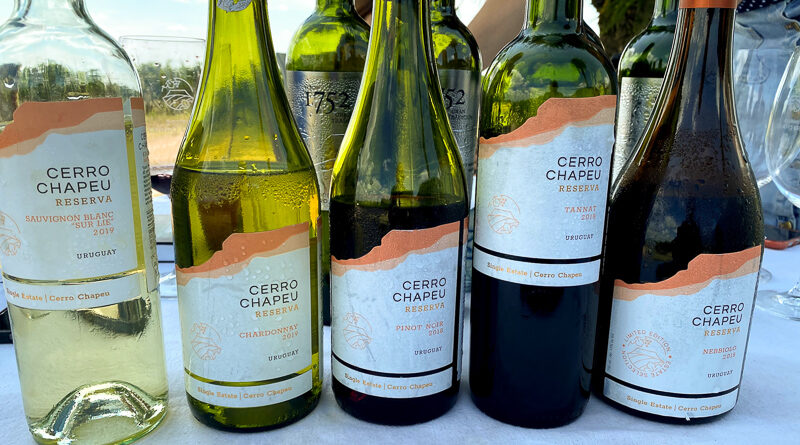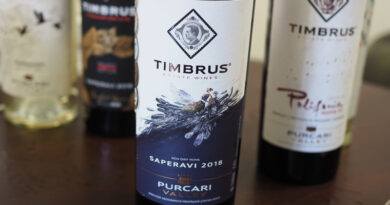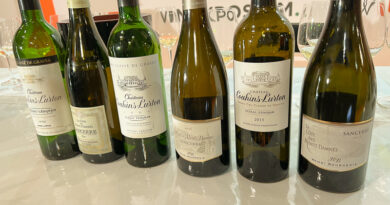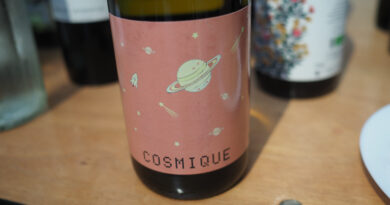Discovering the wines of Uruguay: Cerro Chapeu/Castel Pujol, the wines of the Carrau family
I met with owner/winemaker Dr Francisco Carrau and his daughter Pia Carrau to taste these wines. The name of the winery needs some explanation. Francisco explains that it dates back to the late 1920s. ‘We are a traditional winemaking family with our origins in Catalunya,’ he says. ‘My grandfather was a winemaker from Vilfranca de Penedes and he arrived from Catalunya in 1929 with his family.’ The original family winery was Castel Pujol Bodegas Carrau in the south of Uruguay, but the family was big and so part of the family created Bodegas Cerro Chapeu in the north. So Cerro Chapeau is the name of both the winery and the region, in northern Uruguay, near the Brazilian border. Here they are at 250 m altitude with red sandy soils. It’s hillier than Uruguay’s other wine regions and there’s also unpredictable rainfall, and colder nights (it’s more continental here).
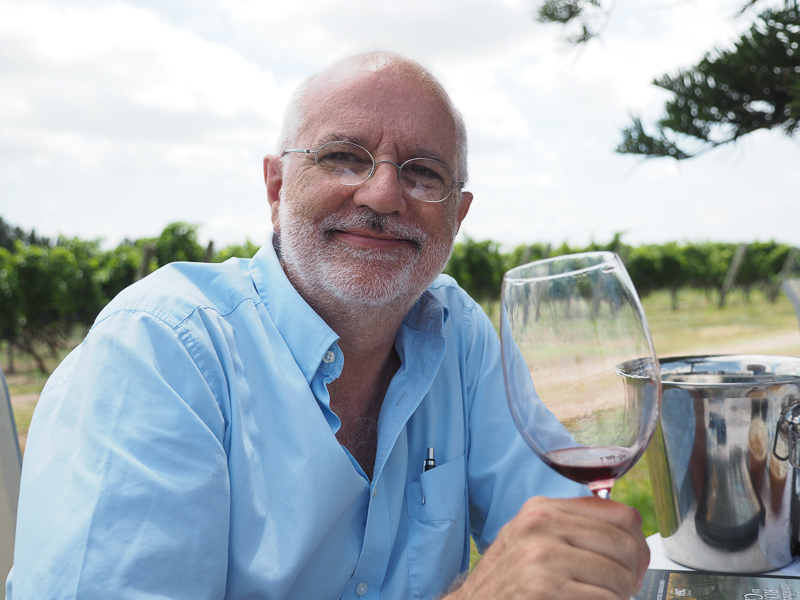
I didn’t get to Cerro Chapeu on this trip, though. We met at the farm of Anibal Paz in Montivideo, in the south. Here Anibal grows all sorts of fruit, as well as table grapes and wine grapes, some of which he sells to the Carraus. Anibal brought Petit Manseng to Uruguay, a decision he made together with Francesco. It is from the same region as Tannat, and the high acidity appealed to them because the climate here is quite warm. They have been working together for 25 years. Anibal, an agronomist, supervises their vineyard in the north, visiting once a month.
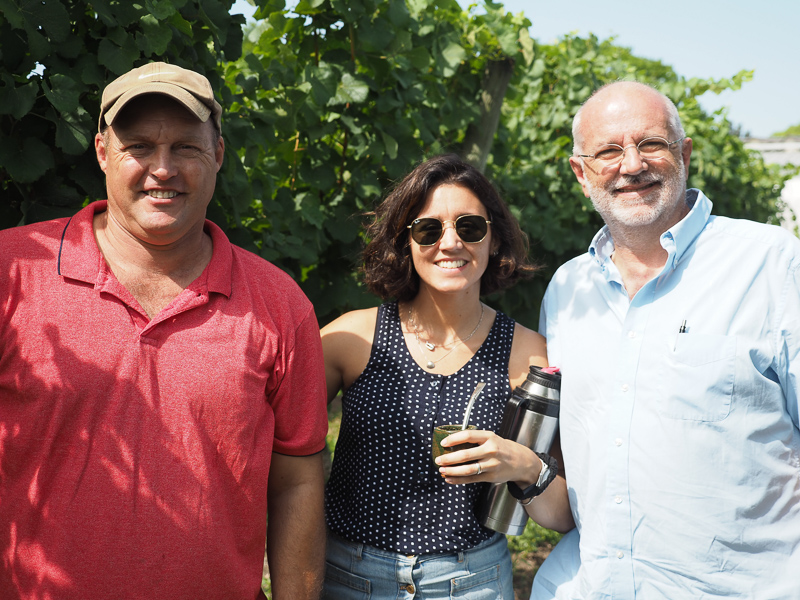
How does Petit Manseng do? ‘The quality is consistent every year,’ says Francesco. He says it is similar to Tannat in its consistency: if they grow Cabernet Sauvignon, some years are good and some aren’t, but Tannat always delivers. ‘With Tannat you always have good quality, in rainy seasons and dry seasons.’ Tannat became popular at the end of the 19th century because it yields well and is adapted to humid conditions, and it gives lots of colour. All the grape growers started to plant it. This is why it’s the dominant grape variety in Uruguay.
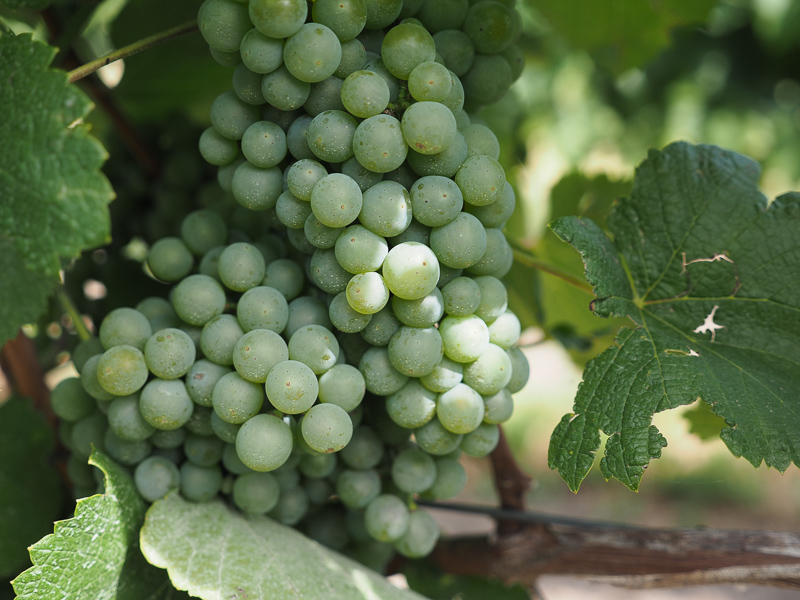
Francisco is a trained scientist. ‘I did my PhD in wine flavour chemistry,’ he says, and he’s a specialist in yeasts. ‘Since 2016 I have been a full professor in wine chemistry in the University, but I also help my sister and daughter by consulting with the winery.’
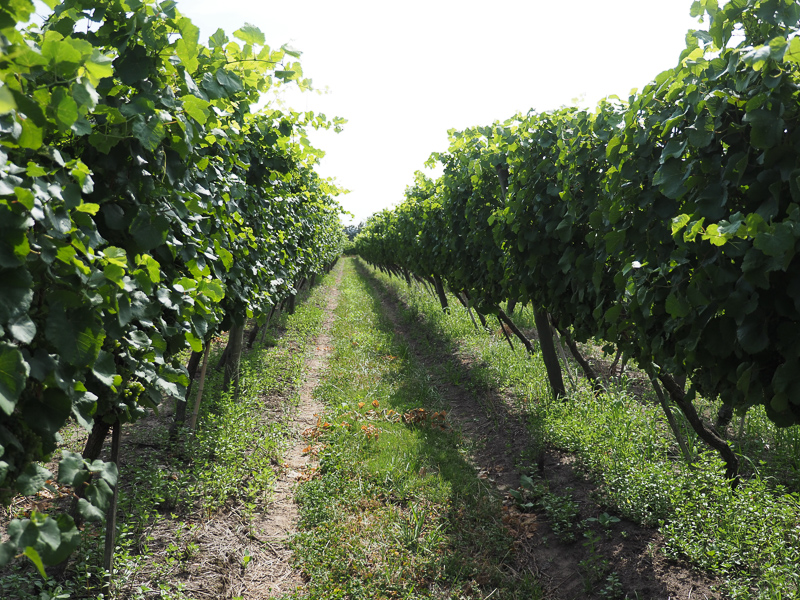
The yeast research has been translated into commercial products, including some non-Saccharomyces yeasts. [The yeast species responsible for alcoholic fermentation is Saccharomyces cerevisiae, and it comes in a number of strains. But when you do a wild ferment, it’s other species of yeast that kick things off, and they are referred to as non-saccs]. ‘In 1985 we started collecting yeasts, and in 1999 we started looking at non-Saccharomyces yeasts, he says. ‘We have done all the genetics of these yeasts, and we are sure they are native, and not commercial yeasts.’ Francisco did his PhD with Paul Henschke in Australia. ‘I have put some of my yeasts into the collection at the Australian Wine Research Institute.’
These non-saccs add complexity. ‘The non-Saccharomyces yeasts aren’t as specialized in alcohol production. So you will have a lot of secondary products in the fermentation that give more flavour diversity. S. cerevisiae is very specialised in alcohol production and the secondary metabolism is smaller. So the strategy is to give more complexity due to more secondary compounds.’
But as well as using them in fermentation, they are also sprayed in the vineyard. ‘Currently in the vineyard we are using Metschnikowia fruticola,’ he says. ‘They are antagonistic towards fungi so we avoid using fungicides.’ This species can also be used in fermentations, and gives good flavours. ‘It’s also a good yeast for fermentation. It ferments to 6 or 7% alcohol.’
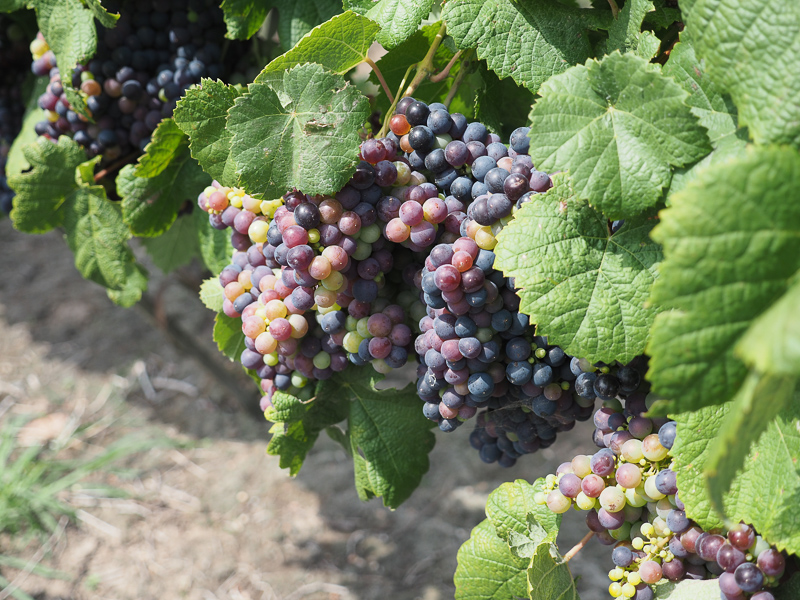
To add to the ferment he likes to Hanseniaspora vineae, which has one very interesting property. Normally, yeast cells lyse (break down) after they die, releasing flavour and texture: this is one of the reasons for barrel fermenting white wines because of the impact of the lees. But this can take a long time. H. vineae is different. ‘The cells lyse quicker than Saccharomyces, so this reduces the time in barrel,’ says Francisco. ‘This is an interesting thing, to have body and palate, but a wine that isn’t too oaky. With you need to leave it 6 months minimum.’ But not all non-saccs behave this way. ‘Hanseniospora uvarum is very similar to Saccharomyces and takes a long time to lyse. H. vineae is a fast lysis yeast.’
One other role for non-saccs is in what’s called bioprotection. Add certain strains and they don’t do fermentation, but make the must safe so that other wild strains can do their thing. ‘Inoculating with non-Saccharomyces allows the native yeasts to work. S cerevisiae is a selfish yeast and kills everything else.’
THE WINES
Cerro Chapeu Reserva Sauvignon Blanc Sur Lie 2019 Uruguay
12.5% alcohol. Stainless steel, mix the tank once a week to distribute the lees for 6 months. This is lively and fruity with some richness to the texture. Shows pear and spice notes, with a hint of tropical character. Nice acidity and focus with some brightness to the fruit. Has good texture with a touch of grapefruit pith on the finish. 89/100
Cerro Chapeu Reserva Chardonnay 2019 Uruguay
Fermented with Hansenospora vinae, 60% in second use barrels. Partial malolactic fermentation. This is complex and quite broad, and driven by the pear, apple and peach fruit. Oak is very much in the background and it has nice depth to the fruit. 88/100
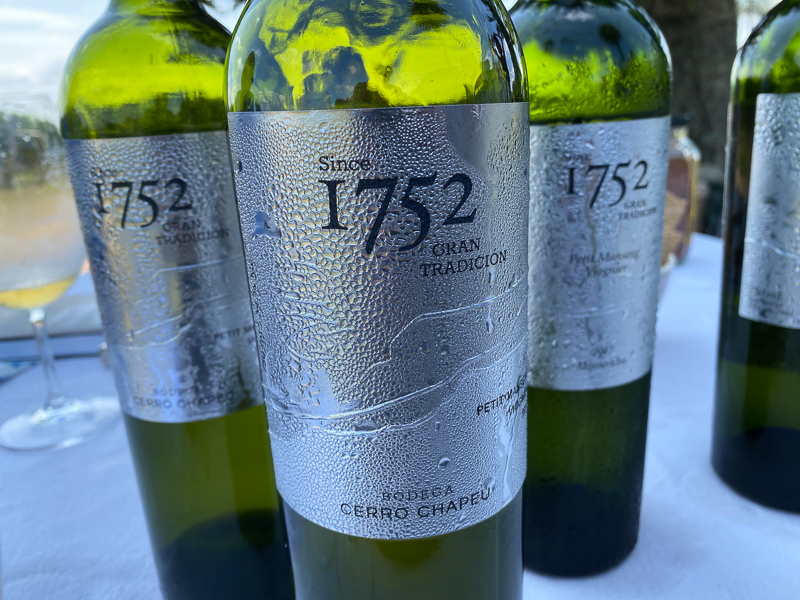
Cerro Chapeu Petit Manseng Viognier 2019 Montevideo, Uruguay
90% Petit Manseng (barrel fermented), 10% Viogier (unoaked). Fermented with Hansenaspora vineae, and then finishes with spontaneous Saccharomyces cerevisiae. Powerful and enticing with some pear and apricot richness, but also savoury spiciness and keen acidity. Lots of weight here, showing bold fruity notes, a twist of marmalade and also nice presence. Dry with a bit of fatness. 93/100
Cerro Chapeu Petit Manseng Viognier 2018 Montevideo, Uruguay
14% alcohol. Yellow/gold in colour. This is powerful and also nicely textured with crystalline citrus fruit, some pith, some marmalade and bright citrus notes. There are subtle herbs and some bright lemony notes on the finish. A powerful wine with nice complexity, some structure, but not rough edges. Very appealing and mineral. 93/100
Cerro Chapeu Petit Manseng Viognier 2017 Montevideo, Uruguay
14% alcohol. Golden colour. Has toast and nougat on the nose with rich citrus and pear fruit. Has a sea-shell/iodine edge to the fruit, together with some cabbage hints. Rounded and crystalline with nice spiciness. Lovely depth with smoothness and an appealing, rounded texture. Honeycomb and toffee hints on the finish. 92/100
Cerro Chapeu Petit Manseng Sauvignon Gris 2015 Montevideo, Uruguay
15% alcohol. 100% new oak. This is very rich and toasty, with lively spiciness under the rich peachy fruit. This has developed very nicely with bold, sweet fruit. Herbs, toffee and spice with some sugar: it is sweet but has some spicy savouriness. Very rich and intense. Very Petit Manseng, with a long, spicy finish. 92/100
Cerro Chapeu Reserva Pinot Noir 2018 Uruguay
This is planted for sparkling wine, but this is a clone for red (planted 1973-76). 50% whole berries. Has a short time (3 months) in second-use barrel. Wild ferment. Bright and juicy with nice tart cherry fruit with some nice herby hints as well as a sour cherry finish. Juicy and focused. Has keen acidity. Refreshing. 89/100
Cerro Chapeu Reserva Tannat 2018 Uruguay
50% whole berries. 7 days on skins, then press to barrel (no separation of press wine) and finish fermentation in the barrel. Juicy, bright, berryish and focused with nice tart cherry and plum fruit. Has good acidity and some structure. Nicely focused with some black fruit character supported by fresher, slightly green notes. Lovely freshness. 90/100
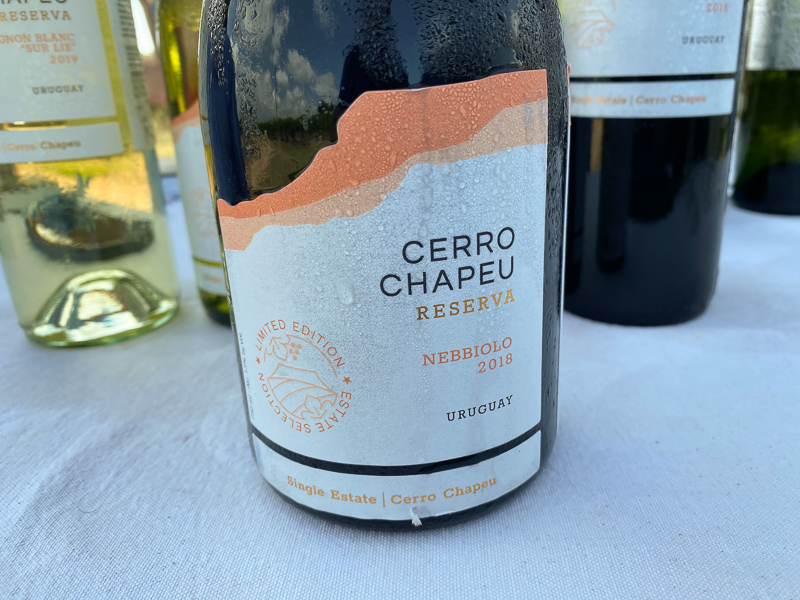
Cerro Chapeu Reserva Nebbiolo 2018 Uruguay
An old vineyard of Nebbiolo was planted in 1910 in Canenoles. This vineyard was planted in 1995 using cuttings from this vineyard. Made a virus-free selection in a nursery. 50% French oak (new). This is really good: focused berry and cherry fruit with good tannins and nice freshness, showing notes of herbs and tar, with fine greenness. Juicy and expressive with nice weight and focus. A little bit of sternness, but not too much. 92/100
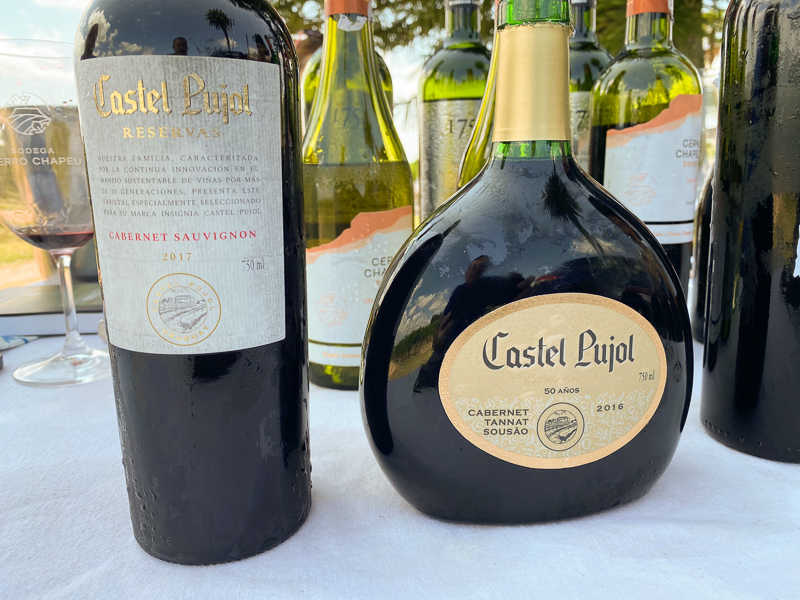
Castel Pujol is a domestic market brand. The bocksbeutel was developed in 1975. It was the first fresh rosé style in the Uruguay market: fruity and easy drinking, when most were oxidative and old fashioned. This started a change in Uruguayan wine.
Castel Pujol Reserva Cabernet Sauvignon 2017 Cerro Chapeu
Bright and juicy with tart blackcurrant fruit with nice weight. It’s a bright style with juicy sappy notes and lovely acidity and structure. Fruity and bright. 89/100
Castel Pujol Cabernet Tannat Sousão 50 años 2016 Cerro Chapeau
This is in a bocksbeutel developed by Pujol 50 years ago for rosé in the Mateus style. Lovely balance and structure here. There’s some spice and some structure with good acidity. Supple blackcurrant notes with nice tannin. Has amazing freshness and drinkability. Very old world in style. 92/100
Ysern Cabernet Cabernet Blend of Regions 2011 Las Violetas/Cerro Chapeu, Uruguay
75% Cerro Chapeau. Has some development with a minty edge to the sweet blackcurrant and berry fruit, with some spiciness, too. Very expressive. This still has a lot of freshness and is developing very nicely. Nice slow development here. Fine. 91/100
Ysern Gran Tradicion Tannat 2016 Cerro Chapeau/Montevideo
Blend of regions. 12.5% alcohol. Gravelly, structured and quite savoury with blackberry and blackcurrant fruit. Some olives and herbs, too. Quite grippy and firm with nice focus. 89/100

Batovi Tannat T1 Single Vineyard 2017 Cerro Chapeau
A special block vinified with non-Saccharomyces then finished with Saccharomyces. Two clones: T1 (UCD, their only clone) and 398 (from France, planted 1977). This is concentrated and fresh with nice density to the blackberry and black cherry fruit. It’s quite firm and tannic, but still refined and quite sophisticated. Has a floral edge to the fruit, with nice acidity. Should have a long life ahead of it. Nice grip, with some oak present. Fruit focused. 93/100
Batovi Tannat T1 Single Vineyard 2016 Cerro Chapeau
Charcoal, gravel, spice and blackcurrants on the nose. Fresh, structured and vital on the palate with good acidity. Has notes of herbs and spice with some floral cherry fruit detail. Very tight and focused, with lots of acid. Has potential for the future. 94/100

Castel Pujol Tannat de Museo 1992 Uruguay
This was a reserve wine of $15 price back in 1996/7. 20 months in oak. This is showing some development – it’s now fully mature, with herbs, iodine, leather and spice. There’s some freshness and elegance still. It’s very harmonious, showing its age, but still offering a lot of pleasure. Finishes dry with dried herbs, tar and a bit of earthiness. 93/100
Sust Vintage Brut Nature Chardonnay/Pinot Noir 2016
Second fermentation with two native Saccharomyces strains, 881, 882 (selected in 1988) and 24 months on lees. Nice intensity with ripe pear and apple fruit. This is fruity and ripe with lovely depth to the fruit. Nicely focused, showing good concentration and ripeness. It’s quite vinous and generous. 90/100
Find these wines with wine-searcher.com

